Polishing is a processing method that uses mechanical, chemical or electrochemical action to reduce the surface roughness of a workpiece in order to obtain a bright, flat surface

Overview of Polishing
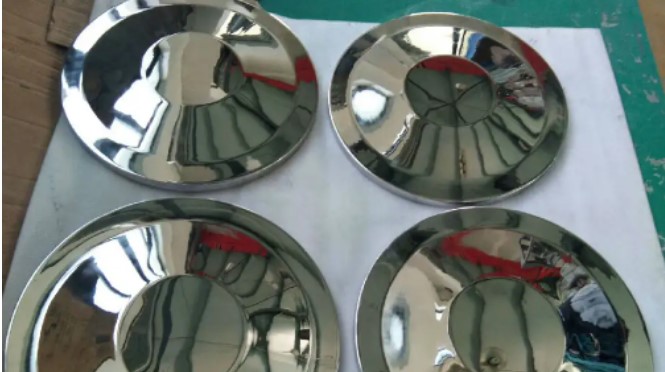
Mirror polishing
Polishing is a processing method that uses mechanical, chemical or electrochemical action to reduce the surface roughness of a workpiece to obtain a bright, flat surface. In general, it is a finishing process on the surface of a workpiece using polishing tools and abrasive particles or other polishing media, usually followed by a very thorough cleaning of the surface prior to the process. The surface of the polished part is smooth and slightly reflective. The result of polishing is an improved gloss and luster of the surface. A mirror-like shiny surface can also be obtained with good polishing.
How does Polishing Work?
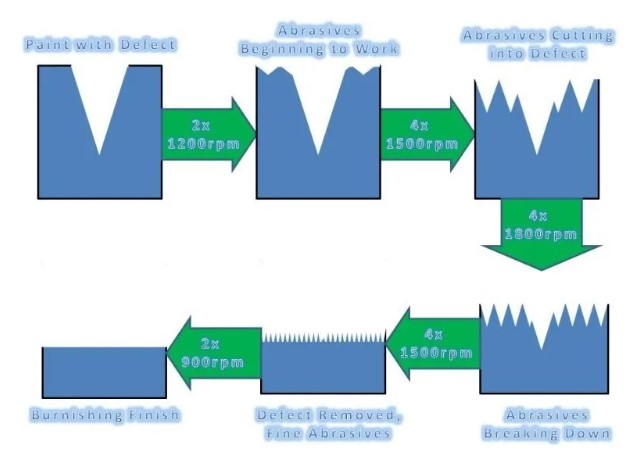
Polishing is the act of removing a very thin layer from the surface being polished using a light abrasive product. Polishing removes a very thin layer, which makes the surface of the part shiny and flat. If the surface defect is deeper than what can be removed by polishing, the surface defect will still be visible, although the partial removal of the defect will make it less visible. For example, if a surface defect is 5 microns thick and only 3 microns can be removed by polishing, there will still be 2 microns left. Although the defect is 3 microns less deep and may be less visible, it may still be visible.
Benefits of Polishing
- Ability to seal high pressure gases and liquids
- Cosmetic use
- Ability to use optical flatness measuring instruments
- Reduces the amount of surface and sub-surface damage
- Provides better uniformity for surfaces requiring epitaxial processes or deposited materials
- Produces sharper edges on cutting tools
Types of Polishing
Mechanical polishing
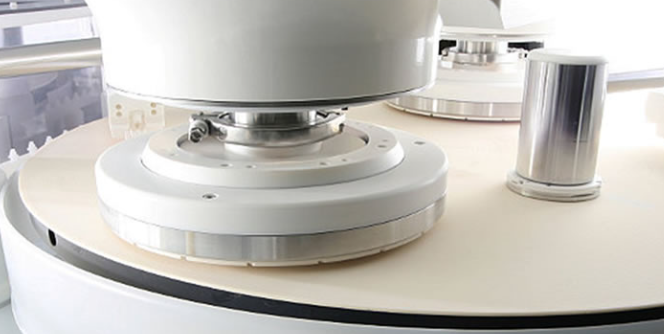
This polishing method is based on plastic deformation or cutting of the material surface to obtain a smooth surface by removing the polished convex surface. Mechanical polishing generally uses abrasive rods, felt wheels, and sandpaper, and is mainly manual. Rotating body and other special parts can use auxiliary tools such as turntables, and ultra-precision polishing can be used for high surface quality requirements.
Ultra-precision polishing is to use special abrasives to rotate the processed surface of the workpiece at high speed by pressing it in the polishing solution containing abrasives. A surface roughness of 0.008μm can be achieved using this technique, which is the best among various polishing methods. This method is often used for optical lens molds.
Advantages
- High brightness
- Better surface cleanability
- Higher aesthetic appeal
- Reduced product adhesion
- Better surface finish
Disadvantages
- High labor cost
- Cannot handle complex part structures
- Shine may be consistent and may not last long
- May be susceptible to corrosion
Chemical polishing
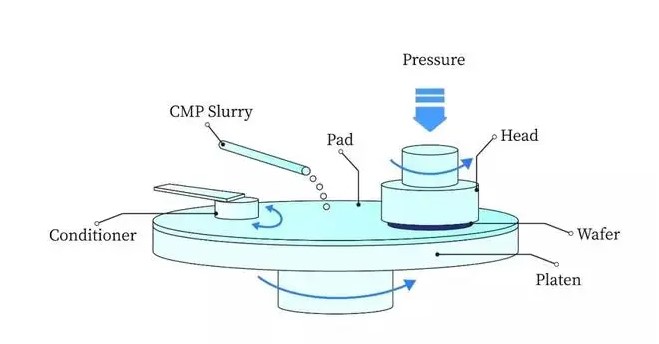
Chemical mechanical polishing
This type of polishing uses the principle that the protruding parts of the material surface are preferentially dissolved in the chemical medium, thus making the surface of the workpiece smooth after the chemical reaction is completed. The core of chemical polishing is the preparation of the polishing solution, which can achieve surface roughness of several 10 μm, but the direct result of chemical polishing is the smoothing and polishing of micro-rough parts. It also leads to parallel dissolution of the upper layer of the part.
Advantages of chemical polishing
Possibility to polish complex shapes as no direct manual involvement is required
High efficiency
Possibility to polish several parts at the same time
Reduced investment in equipment
Good corrosion resistance, allowing the formation of a passivation layer on the surface of the part
Disadvantages of chemical polishing
Uneven brightness
Difficult to perform heat treatment
Gas easily spills
Not environmentally friendly, may release harmful gases
Difficult adjustment and regeneration of polishing solution
Electrolytic polishing
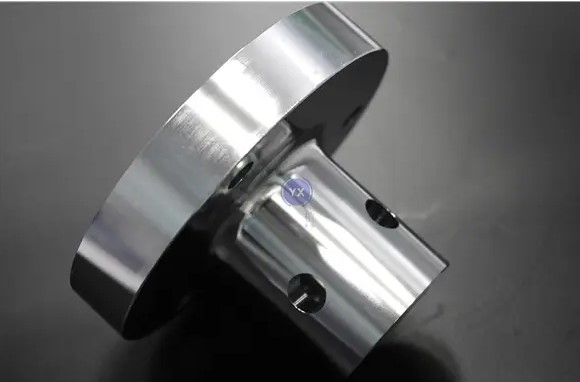
Stainless steel electrolytic polishing
The basic principle of electrolytic polishing is the same as chemical polishing, both use the dissolving solution to dissolve the small protrusions on the surface and get a smooth surface. However, compared with chemical polishing, the effect of cathodic reaction can be eliminated and the polishing effect is better. Electropolishing removes material from metal workpieces, reduces surface roughness and improves surface finish by smoothing out micro peaks and valleys. The process of electrochemical polishing can be divided into two steps, firstly, macro polishing, where the dissolution products diffuse into the electrolyte, making the material surface roughness decrease, rather>1μm, and then anodic polarization, making the surface brightness increase. Ra<1μm.
Advantages
- Longer lasting luster
- Consistent color inside and out
- A wide range of materials can be treated
- Low cost and short cycle time
- Encourages less contamination
- High corrosion resistance
Disadvantages
- High fixed investment
- Complex pre-polishing process
- Tools and auxiliary electrodes required for complex parts
- Poor versatility of electrolyte
Polishing is usually the last process in manufacturing and is one of the keys to ensure that prototypes or mass production meet the standards. It is extremely important to our customers that the surface of the part is bright and flat through precise and high-quality polishing. You can check out our surface treatment services for more information.Prolean Tech’s surface finishing services offer standard and popular finishes for parts. Our CNC machines and other surface finishing technologies are capable of achieving tight tolerances and high quality, uniform surfaces for all types of parts. Simply upload your CAD file for a quick, free quote and consultation on related services.




0 Comments